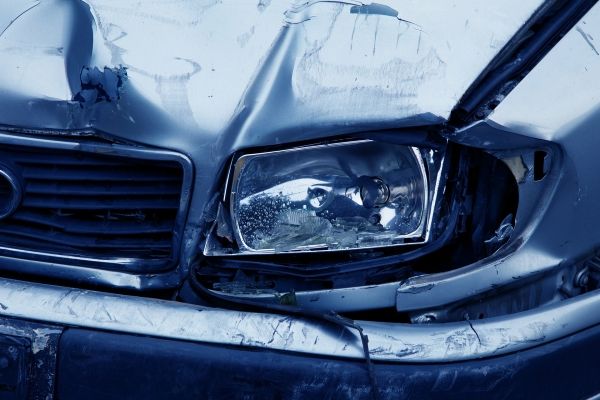Engineers have developed decision-making and motion-planning technology to limit injuries and damage when self-driving vehicles are involved in unavoidable crashes.
After recognizing that a collision of some kind is inevitable, the system works by analyzing all available options and choosing the course of action with the least serious outcome.
“What can we do in order to minimize the consequences?” said Amir Khajepour, a professor of mechanical and mechatronics engineering at the University of Waterloo. “That is our focus.”
The first rule for the autonomous vehicle (AV) crash-mitigation technology is avoiding collisions with pedestrians.
From there, it weighs factors such as relative speeds, angles of collision and differences in mass and vehicle type to determine the best possible manoeuvre, such as braking or steering in one direction or another.
Read more at University of Waterloo
Image by PublicDomainPictures from Pixabay


